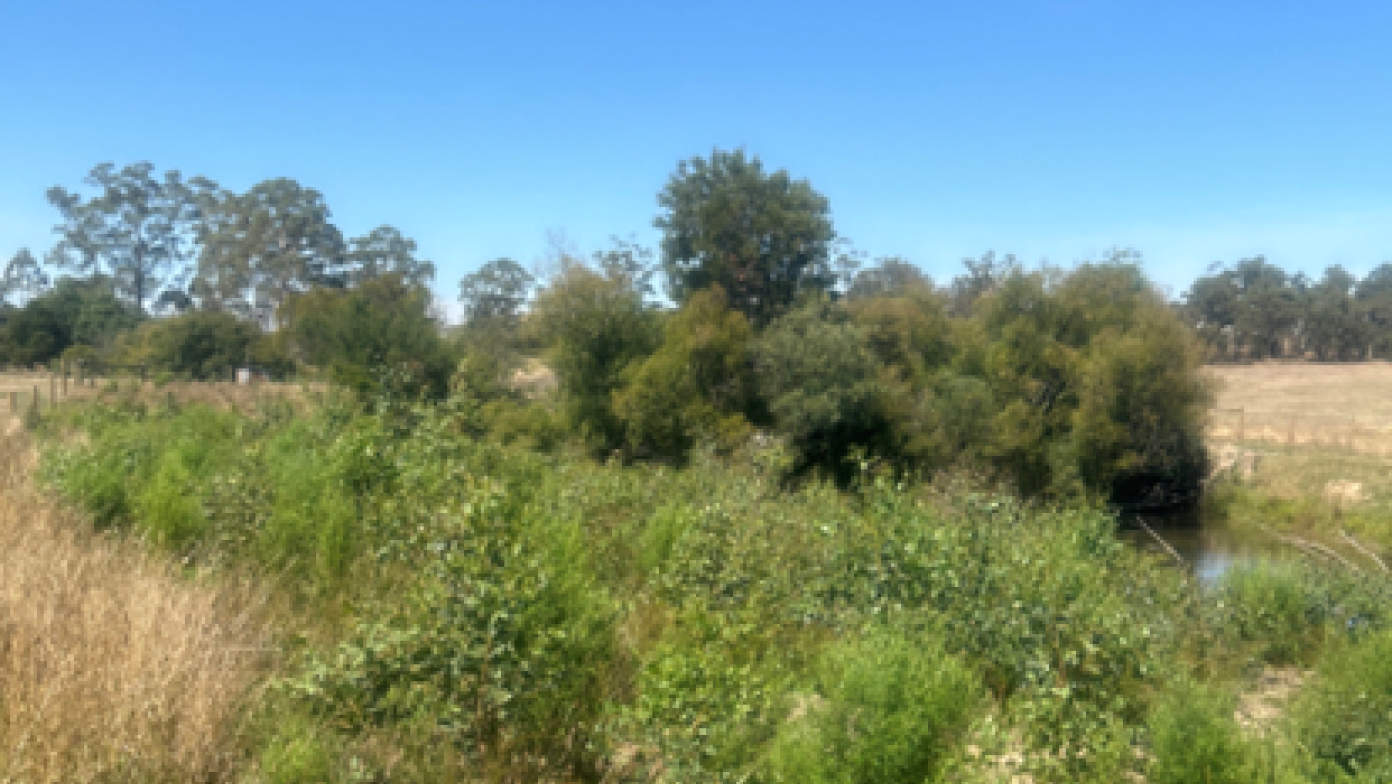Strengthening mint-bush populations with science
Gippsland Water is supporting new genetic research on the Wellington Mint-bush (Prostanthera galbraithiae), a threatened species found in only two Victorian locations.
The two-year program involves sampling and genetic analysis of foliage, seed and propagated plants from land Gippsland Water manages at Dutson Downs as well as Holey Plains State Park.
The results will aid translocation programs, in which plants are germinated and transferred between locations to bolster genetic diversity and increase numbers.
While the Wellington Mint-bush is endangered in Victoria, it is also vulnerable nationally, due to historical land clearing, introduced pests and limited numbers in the wild.
The research is being carried out by Gippsland Water employee and University of New England student Shannon Dwyer, with the support of the Royal Botanic Gardens Victoria, the Department of Energy, Environment and Climate Action and Parks Victoria.
Acting managing director Simon Aquilina said Gippsland Water is proud to be supporting the project.
“We’re very fortunate to have one of only two remaining Wellington Mint-Bush populations at Duston Downs,” Mr Aquilina said.
“Our Environment team work diligently to ensure the mint-bush and other threatened species can be enjoyed by future generations.
“This research aligns with the Victorian Government's action statement for the species and will help our team and other organisations continue to carry out their important work.”
Research scientist (conservation genetics) Tara Hopley at Royal Botanic Gardens Victoria said the Gardens were delighted to be working with Gippsland Water and project partners to support the threatened species as part of the Department of Energy, Environment and Climate Action's Nature Fund.
“We are proud to be supporting this project with seed collections, germination optimisation, propagating an ex-situ collection at the Gardens, and leading a survey of plants by the local community,” she said.
Shannon Dwyer is undertaking a Bachelor of Science with Honours at the University of New England and is passionate about protecting threatened species.
“The plants at Dutson Downs and Holey Plains are separated by more than 30 kilometres,” Mr Dwyer said.
“Genetic analysis will let us know if there are significant differences between the sub-populations and help us make decisions moving forward.
“Hopefully, we’re able to strengthen both populations by increasing genetic diversity at both sites.”
This research is funded by Department of Energy, Environment and Climate Action Nature Fund.
The ‘Preventing the extinction of Victoria’s threatened flora’ project is led by Royal Botanic Gardens Victoria in partnership with La Trobe University, Australian Network for Plant Conservation, DEECA, Trust for Nature, ENVITE, Bairnsdale & District Field Naturalists Club, Friends of the Grampians Gariwerd, Wimmera CMA, Nillumbik Shire, Halls Gap Botanic Gardens and the Australasian Native Orchid Society Victorian Branch.
To learn more about the Wellington Mint-bush visit www.gippswater.com.au/wellington-mint-bush



